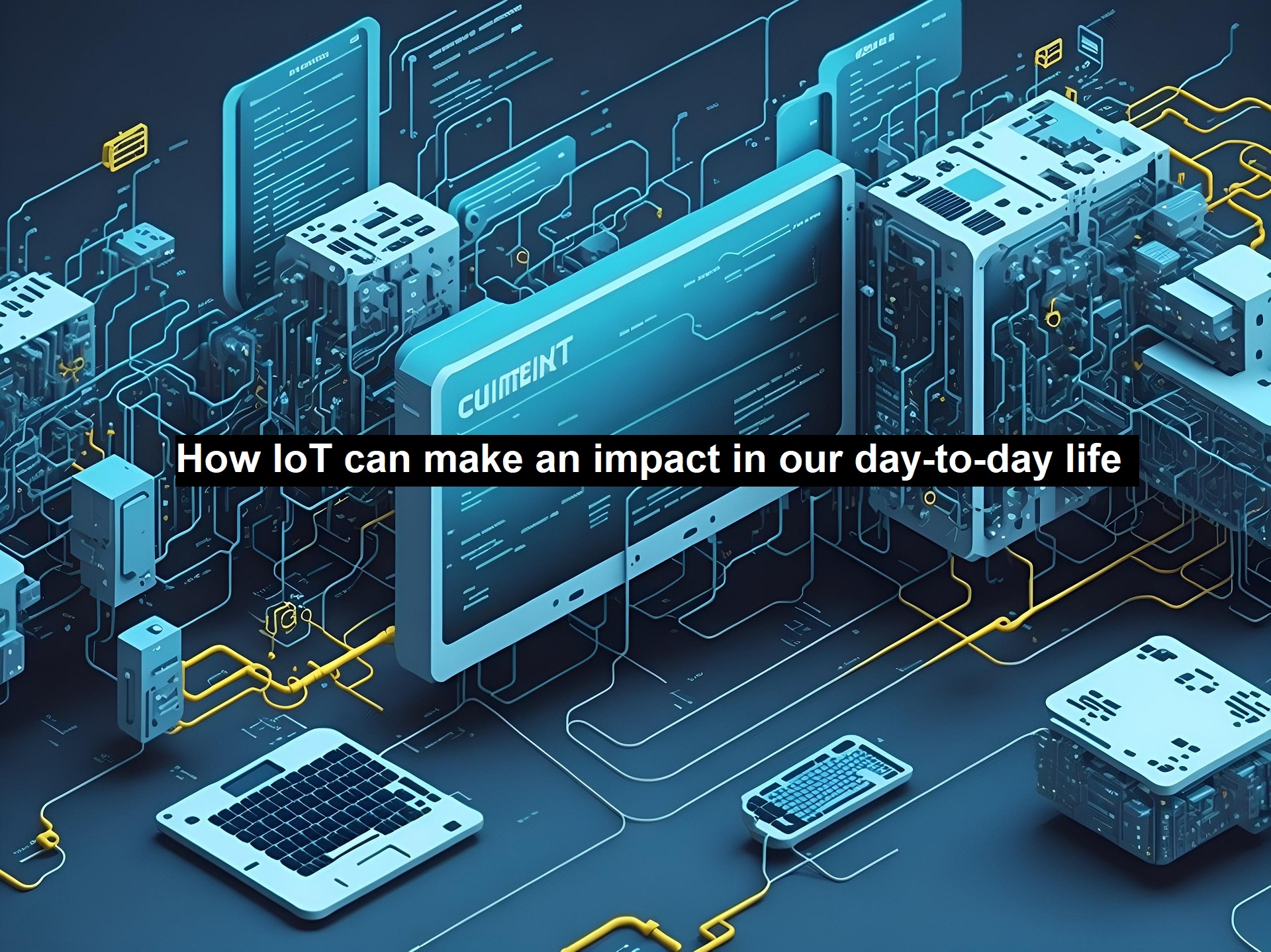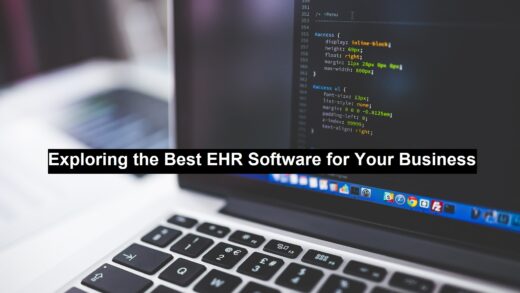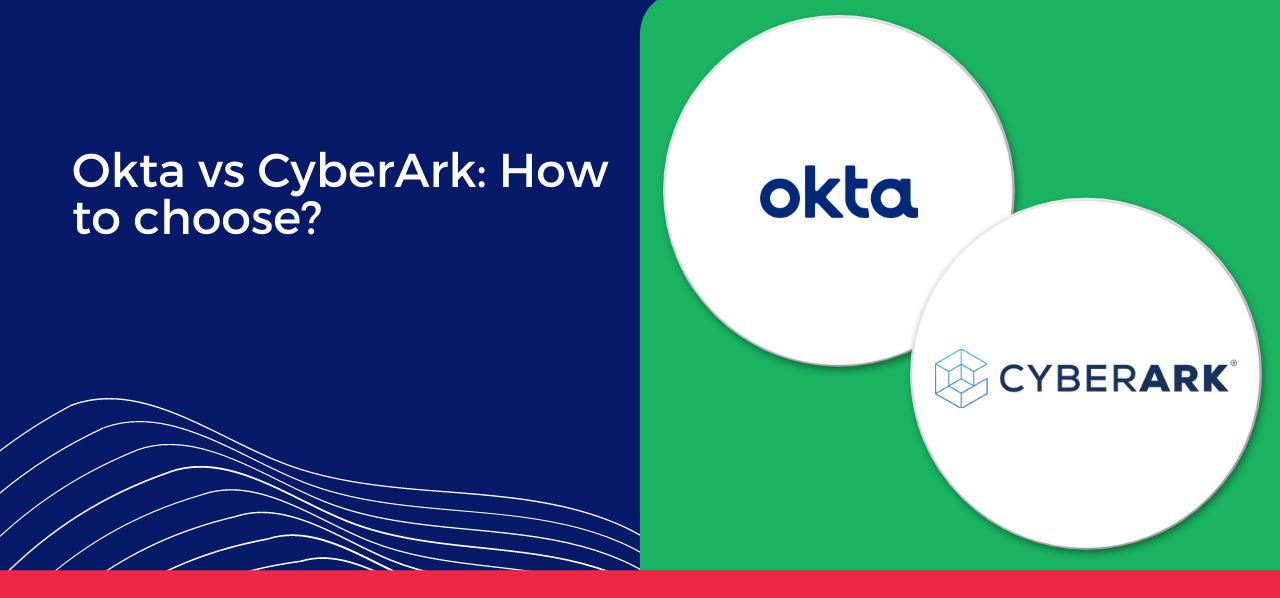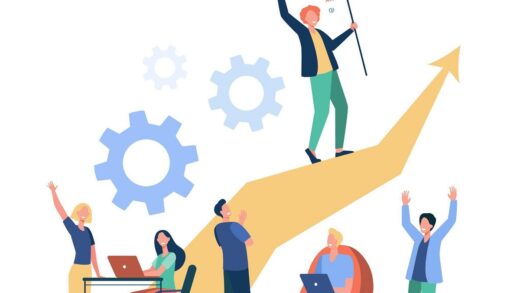
The Internet of Things (IoT) has changed the way we think about interacting with the world devices, machines, and systems are now able to connect conveniently and efficiently. They say the Internet of Things or IoT is no longer a concept for tomorrow it is here, and growing. The Internet of Things (IoT) is connecting the world in which we live and increasingly becoming part of everything from smart homes to wearable fitness devices. Rather it is a thermostat maintaining the right temperature in your home or alerting you the fuel is low and a tune-up needs to be scheduled on your vehicle IoT’s influence is everywhere throughout everyday life.
IoT is changing the way that equipment runs in industries such as construction and agriculture. The JCB brand of advanced construction equipment is another example that is using IoT technology on their machines. The technology enables operators to monitor fuel consumption, and equipment location and predict maintenance requirements.
As far as benefits are concerned, these newly upgraded JCB machines are IoT-enabled which can save a lot of time and make the work more efficient which, in turn, leads to better cost management. The JCB price that businesses have to pay will depend on the specific model they get and how much advanced technology it includes, but its long-term savings make it a good investment.
What is IoT and How it Makes Our Daily Life Easy
IoT is starting to change how we live our lives, the way we tackle tasks, and communication in our everyday lives. Just to name a few, IOT is here:
1. Smart Homes
A popular field where IoT is also influencing the underlying area is ‘Smart Homes’. Connected thermostats, smart locks, Amazon Alexa, and Google Home voice assistants are just a few of the types of devices homeowners are using to manage their living spaces from afar. Through a simple voice command, or with an app, users may switch light bulbs on and off, adjust the temperature of rooms, and take control over kitchen utensils. This ultimate comfort. Day-to-day life is easier and more efficient resources such as electricity, and water their consumption save energy thus.
Read: Harnessing the Power of Microsoft Power BI for Future-Ready Organizations
2. Wearable Devices
Wearable devices (e.g. Smart Watches, Fitbits )No article on IoT trends can be complete without a mention of how wearable enter the lives of IoT enthusiasts to a broadened extent. In addition to vital signs like heart rate, steps, and even in some cases sleep patterns, smartwatches, and fitness trackers keep track of things. With the help of this real-time health data, the users can be made aware of possible health problems and they will choose a better lifestyle. Remember, in some cases, IoT wearables have detected abnormal heart rates or other critical health conditions that saved lives.
3. Smart Cities
IoT is important for creating smart cities, where urban infrastructure is interconnected using technology. By using this IoT technology, streetlights, traffic signals, and public transportation systems have become more intelligent. The smart sensors can detect traffic congestion and adjust the signals accordingly so the vehicles can flow. IoT systems are used in monitoring pollution levels, and waste management compulsorily and even have the potential to send unique alerts to authorities in real-time when gunshots or any other emergency arise.
IoT in Transportation
IoT has been a lot helpful to transportation as it serves commuters and travelers at several levels. Most of our buses and trams or connected vehicles allow a passenger to track due to a mobile app. IoT-based GPS technology is what allows ride-hailing services like Uber and Lyft to provide on-demand connections between drivers and passengers. IoT systems in private vehicles, for instance, can assess engine health and performance, follow driving behavior such as speed and fuel consumption habits, notify owners of impending maintenance or repairs and so much more.
For the construction industry, IoT is taking those big machines and creating a smart monitoring dashboard on location and performance using a Fleet Management system. JCB LiveLink provides this connectivity, in addition to streamlining workflow for companies who use JCB machines by reducing fuel waste and maximizing uptime. Data gathered in real-time using IoT devices can track machine usage and predict when machines need to go for maintenance. Although the JCB price of these premium models may be more expensive than others, the additional cost pays for itself over time by saving construction companies money on increased efficiency and less downtime.
IoT in Healthcare
IoT development in healthcare is, by far, one of the most intriguing fields and it has everything to do with saving lives. Among other things, networked medical devices can remotely monitor patients and real-time health data to physicians or caregivers. This process is a godsend for patients suffering from chronic illnesses as it helps intervene promptly in case of an emergency. In healthcare, for example, IoT has enabled connected medical devices like insulin pumps, pacemakers, and smart inhalers which have revolutionized the way medical care is delivered – decreasing hospital visits and positively affecting patient outcomes.
On top of that, IoT enables a hospital to become more efficient in its daily operations. Smart beds can notify staff when patients leave the bed, while connected medical devices update patient records automatically so that many hands need not touch every record.
Privacy and Security Concerns
IoT has brought all these benefits, no doubt but it also comes with a fair share of challenges and one such major concern is the privacy and security around IoT. Data from connected devices is a gold mine, but it is also highly susceptible to hacking or misuse. Similarly, an unprotected smart home can lead to sensitive data like video feeds of security cameras or daily schedules being exposed.
These risks can only be eliminated if manufacturers include adequate security measures, such as encrypting communication with devices, enabling two-factor authentication, and pushing regular software updates in the best practices for IoT device users to protect themselves. With the growing dominance of IoT, the significance of data security will keep rising even more if users want to completely rely on this technology without compromising any of their details.
The Future of IoT
The future of IoT is even more exciting. Thanks to the expanded 5G networks, IoT devices will now be able to communicate faster and space data downloads at scale in real-time. The greatest benefit here is that this will enable a host of brand-new applications, especially in the area of traffic automation such as autonomous driving, for which cars must rely on data input from neighboring objects and infrastructure to make instantaneous decisions.
IoT is also expected to change the way smart cities work, with a more keen emphasis on improving living in urban areas making cities sustainable saving energy, and utilizing resources like water and electricity better. For example, IoT could revolutionize healthcare even more so than it already has facilitating per-patient treatments like remote-controlled drug delivery devices or robotic surgery assistance.
Conclusion
The Internet of Things is revolutionizing our day-to-day lives in amazing new ways that some people have not yet started to take into account. Starting with smart homes and wearable devices to connected transportation and healthcare systems, the impact of IoT is far-reaching. We still wrestle with data privacy, and security issues when it comes to IoT, but the benefits are too great. The future state of IoT only stands to add additional innovation and convenience to our everyday lives.
For industries that use say JCB as IoT enabled, it means significant operational benefits benefitting from long-term savings by implementing this technology while the price points are a tad higher. The next ten years will usher in an even greater incorporation of IoT into all facets of life, enabling a more globally interconnected and optimized planet.
Author’s Bio :
Shruti Kale is a specialized content writer working in the tractor industry. She creates informative and engaging content about tractors and farming. With her knowledge and experience, she helps readers stay updated on the latest industry trends and developments.



